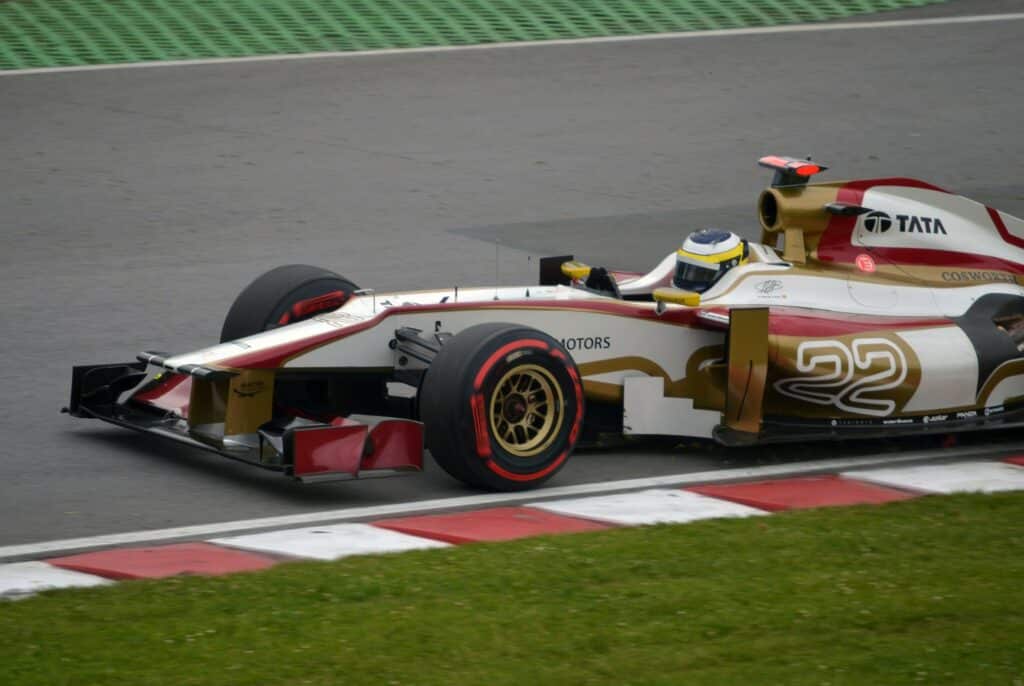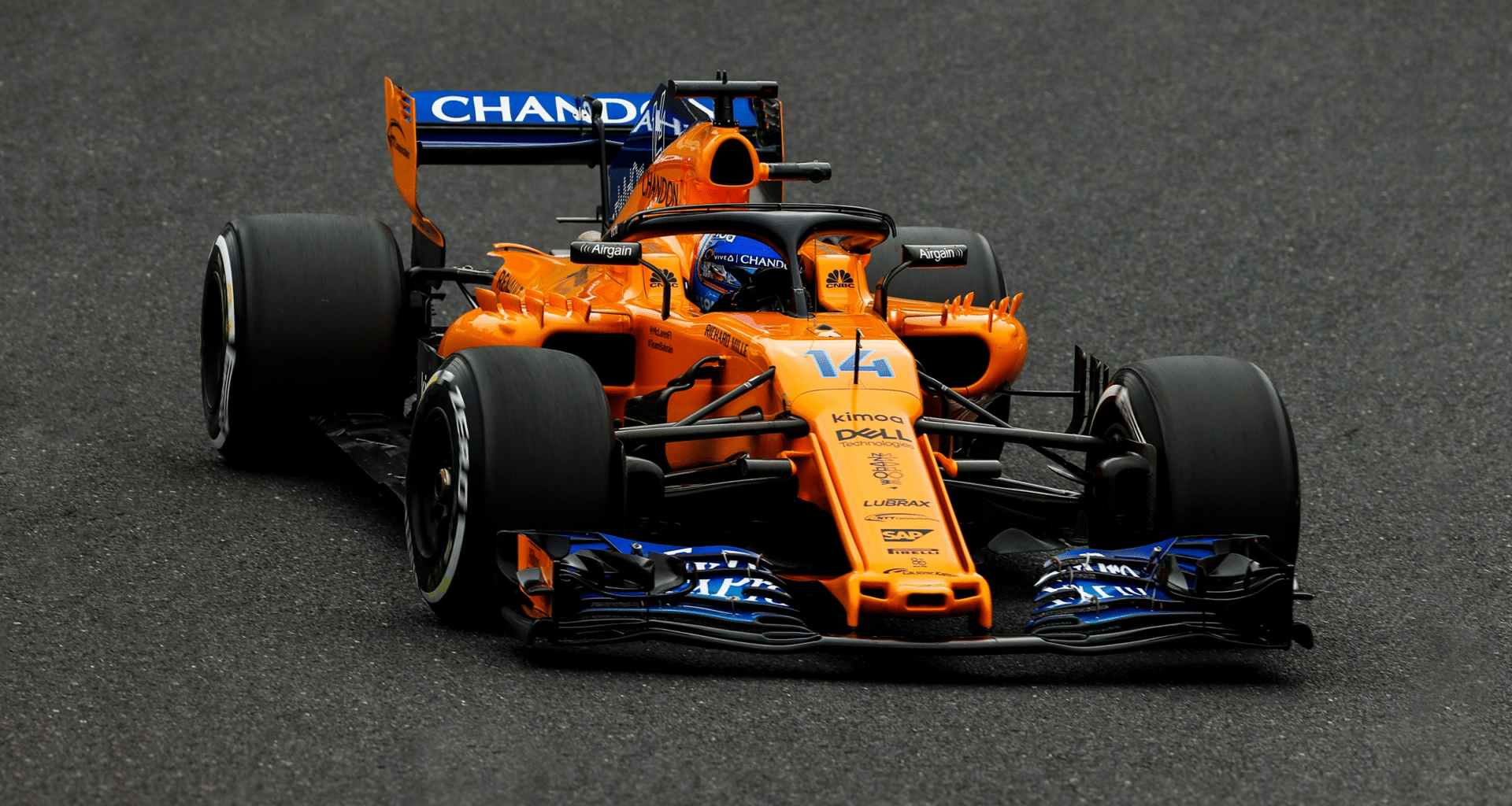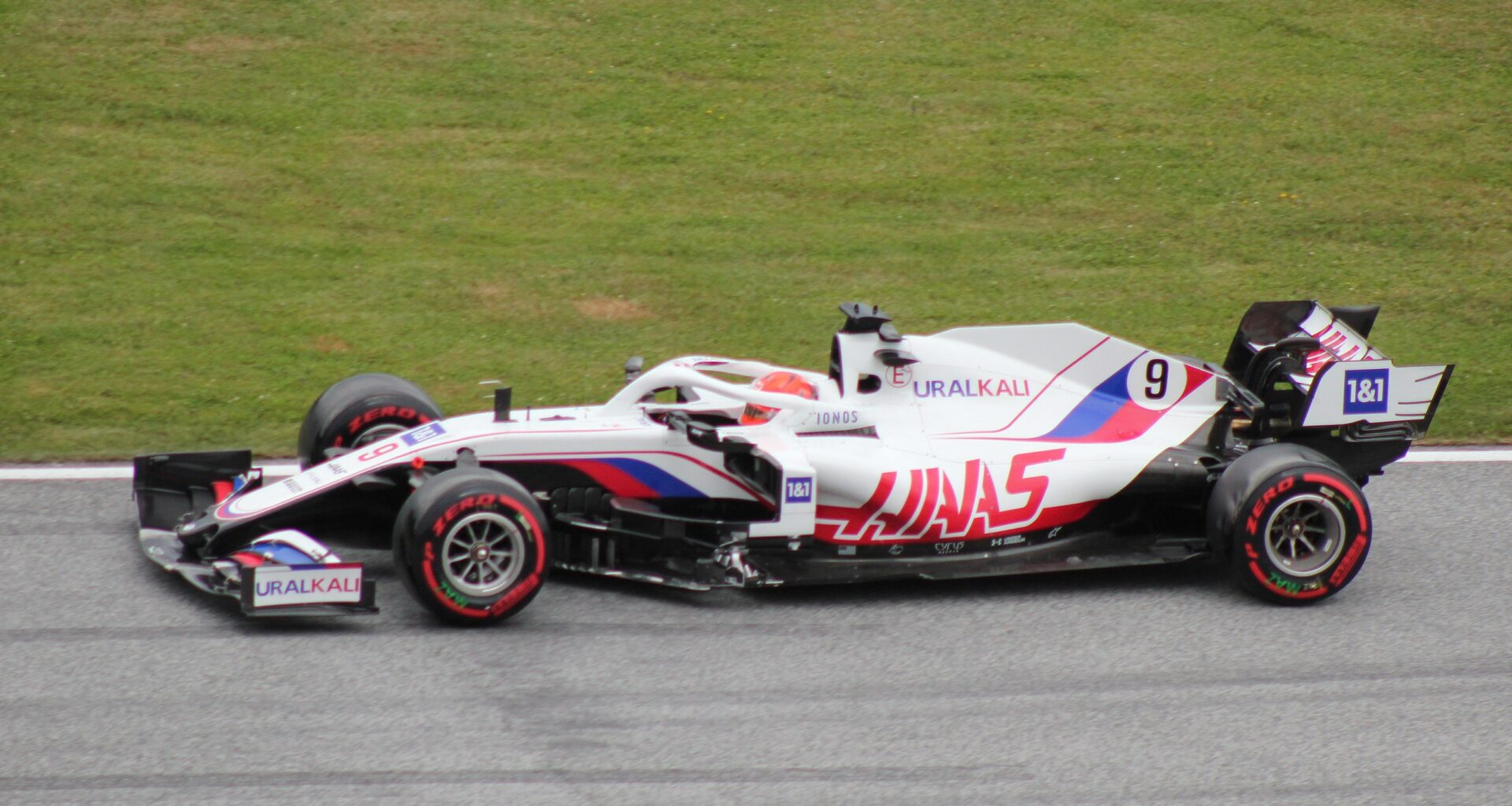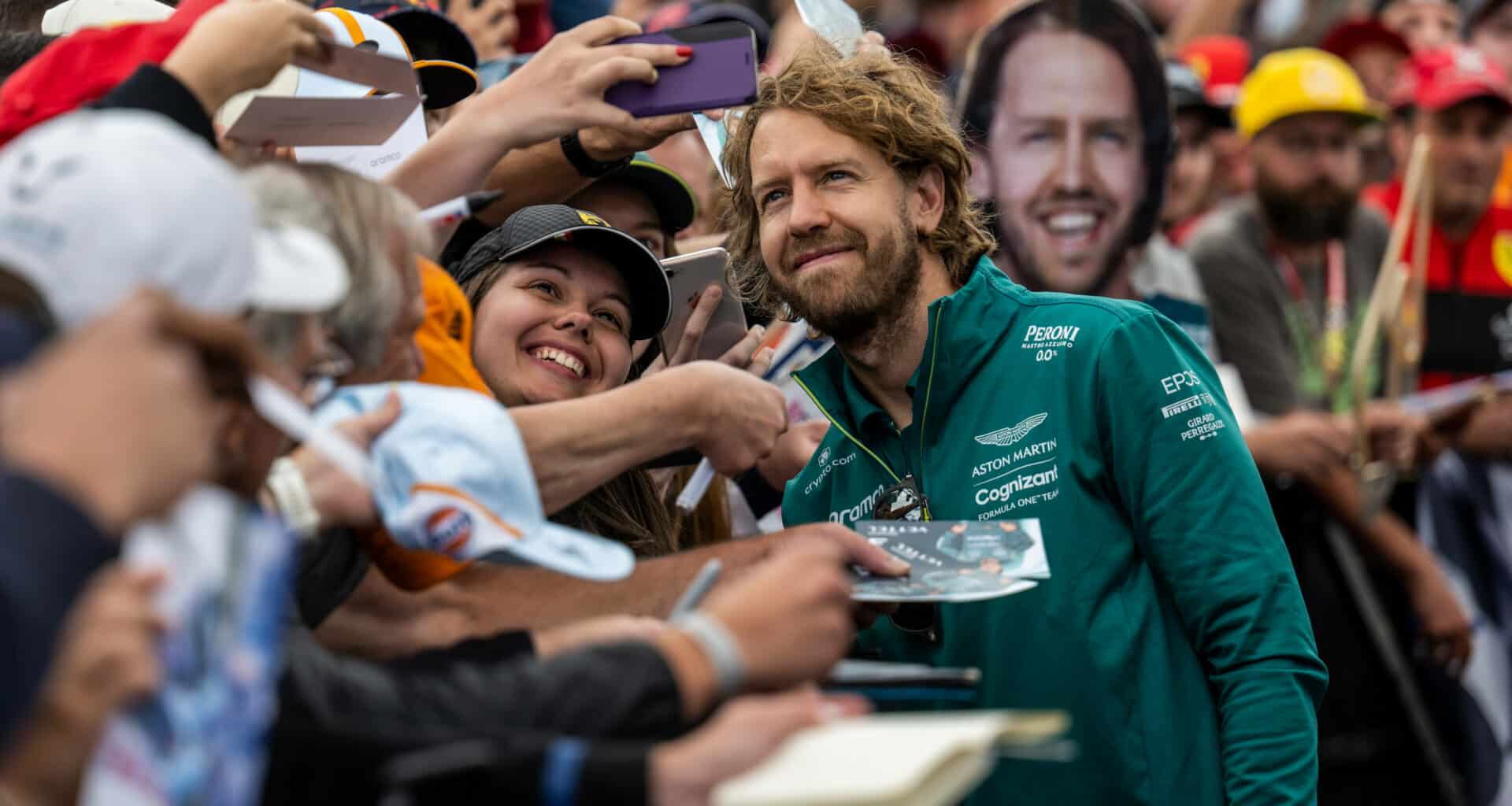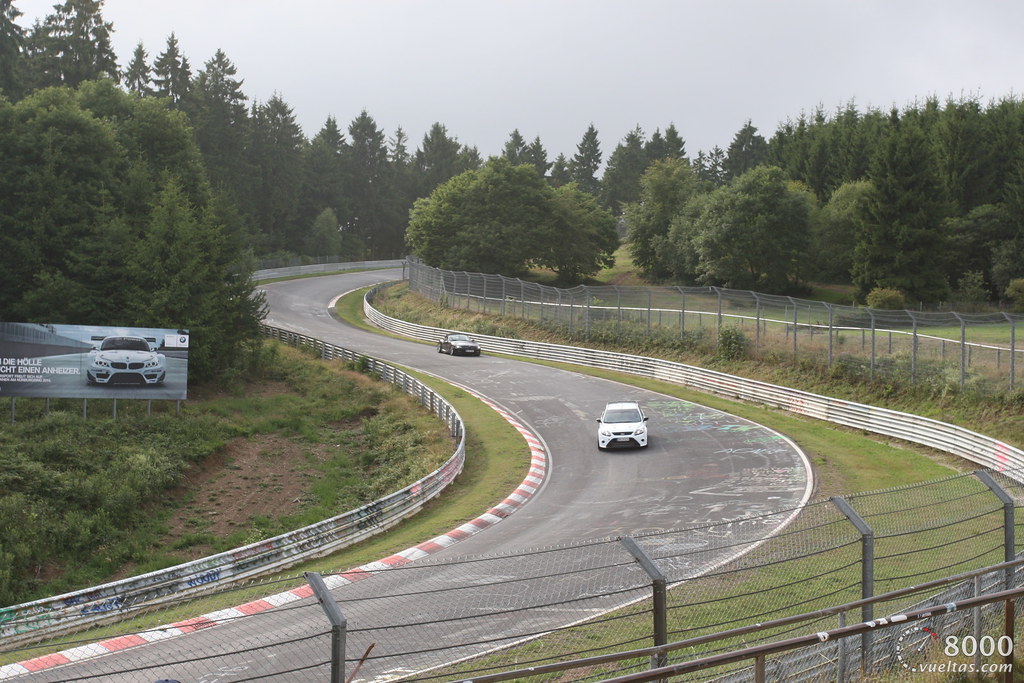Formula 1 has experimented with a variety of qualifying procedures over the years in an effort to find the ideal formula for keeping both competitiveness and a certain amount of unpredictability.
The 107 Percent Rule, which encourages competition by establishing a minimum speed threshold for drivers during qualifying, is a crucial component of this juggling act.
The regulation was first implemented in 1996, lasted until 2002, and was then brought back in 2011 as a crucial component of the Formula 1 qualifying standards.
This regulation establishes a vital standard that promotes grid quality preservation and promotes driver safety on the track.
Table of Contents
The Purpose of the 107 Percent Rule
The 107 Percent Rule’s main goal is to make sure that all competing cars are at least somewhat competitive during the race.
The rule prevents significantly slower cars from competing in the race by establishing a minimum lap time threshold, which could endanger faster cars and cause accidents.
The rule also seeks to keep the teams on their toes by encouraging them to enhance their performance rather to just rely on good fortune or the misfortune of others to gain an advantage throughout the race.

The Application of the 107 Percent Rule in Qualifying
The three-part qualifying system’s first session is when the regulation is put into practice (Q1).
Drivers must complete a lap within 107 percent of the quickest time recorded in Q1 in order to escape elimination.
Unless the stewards find extraordinary reasons, such as bad weather or technical issues, failure to do so could result in disqualification from the race.
Drivers that were disqualified in Q1 but complied with the 107 Percent Rule will compete in the race, albeit from the back of the grid.
Recent Changes and Exceptions to the Rule
The 107 Percent Rule has been changed on occasion as Formula 1 continues to develop and experiment with its rules.
These adjustments include enabling drivers to apply to the stewards for permission to race if they fall short of the requirement due to unusual circumstances.
The stewards may provide clearance for the car to start the race if they are persuaded by its performance during practice sessions that it is a competitive vehicle.
The 107 Percent Rule does not apply when the race director announces a wet track, which might have a big impact on a car’s performance in qualifying.
When was 107 Percent rules was used ?
in 2011 and 2012 the HRT-Cosworth team failed at the Australian Grand Prix 2 times in 2 years, thus not allowed to race
| Event | 107% Rule time | Drivers | Team | Time by driver | Percentage |
| Australian Grand Prix 2011 | 1:31.267 | Vitantonio Liuzzi | HRT-Cosworth | 1:32.978 | 109.006% |
| Narain Karthikeyan | 1:34.293 | 110.547% |
| Event | 107% Rule time | Drivers | Time by driver | Percentage |
| Australian Grand Prix | 1:32.214 | Pedro de la Rosa | 1:33.495 | 108.486% |
| Narain Karthikeyan | 1:33.643 | 108.658% |
Future Prospects and Proposed Changes to the Rule
Future modifications to the 107 Percent Rule may be made as Formula 1 continues to change.
To ensure fairness across the grid, one option is to further tweak the rule to account for extraordinary cases.
In addition, Formula 1 may look into further strategies for fostering competition without imposing strict time limits.
Since the ultimate objective is to provide thrilling, competitive, and safe racing, the sport’s governing body, the FIA, will probably continue to modify the qualifying rules as they see fit.
